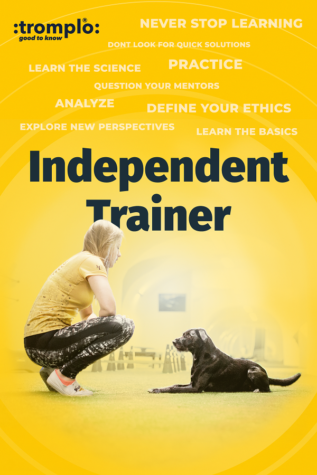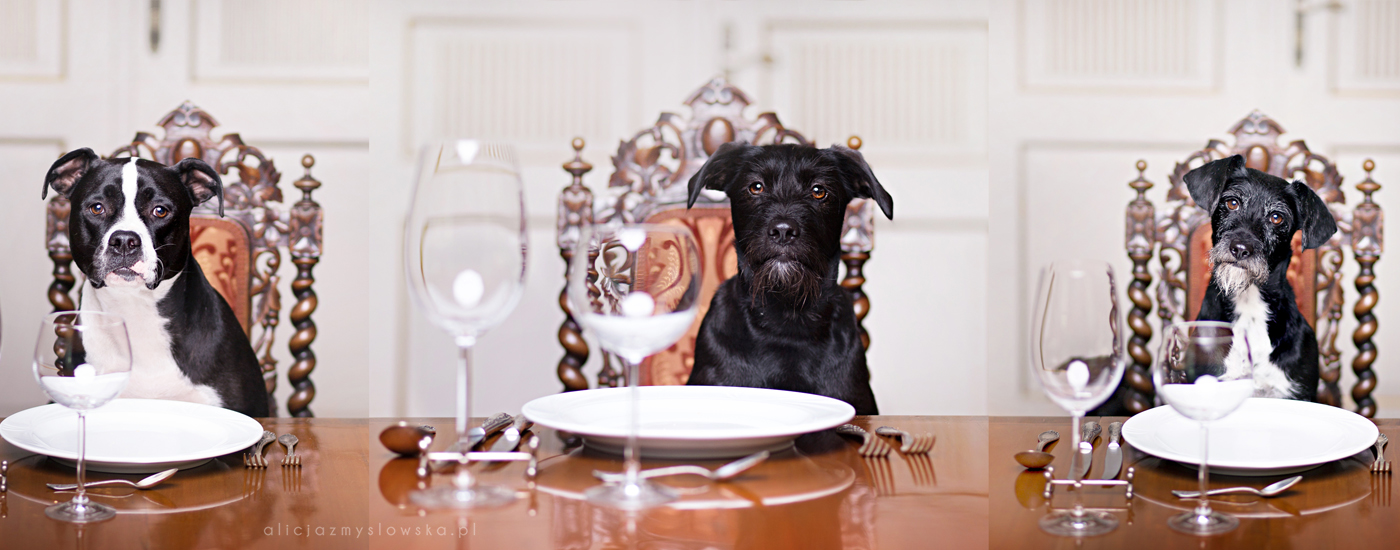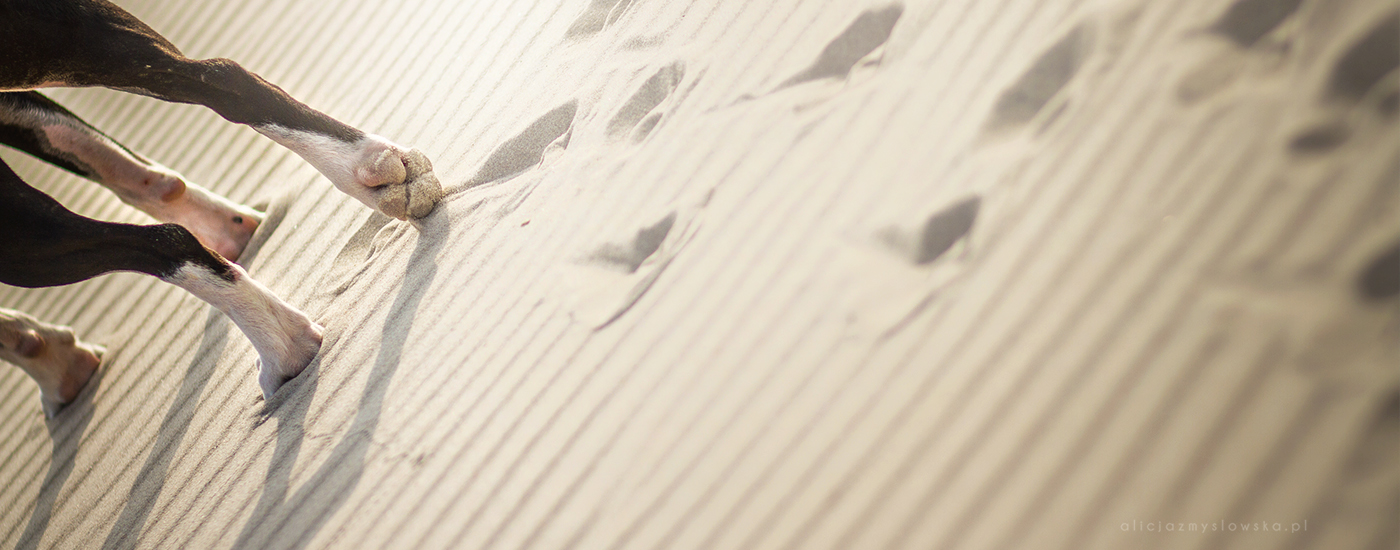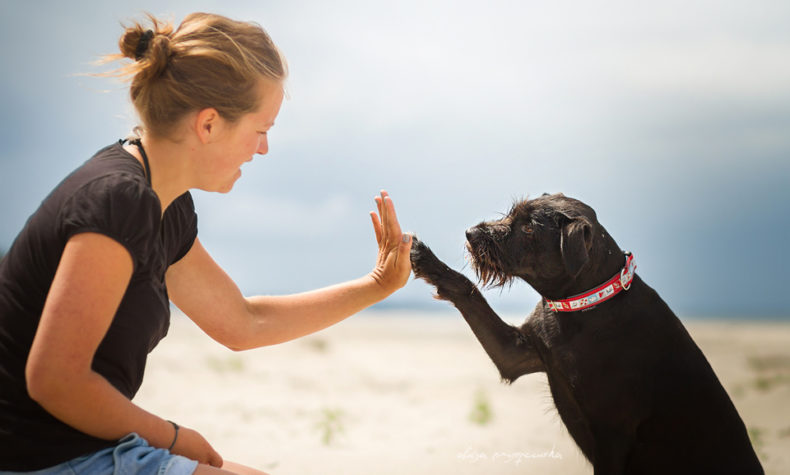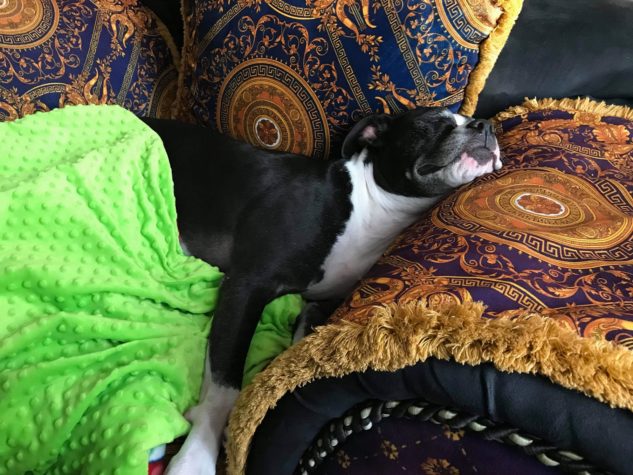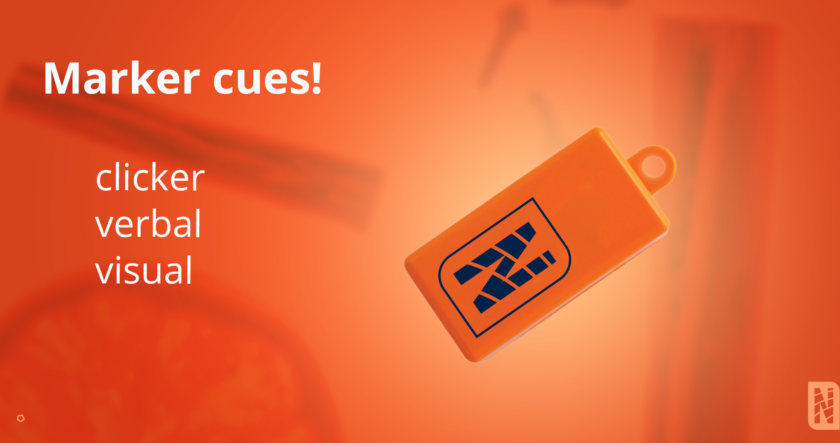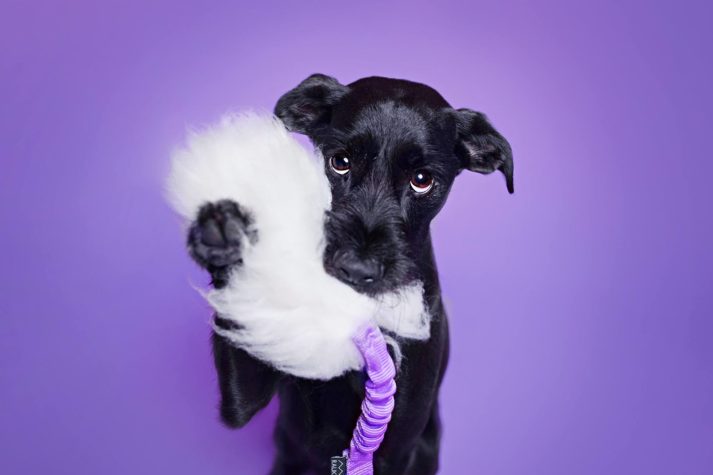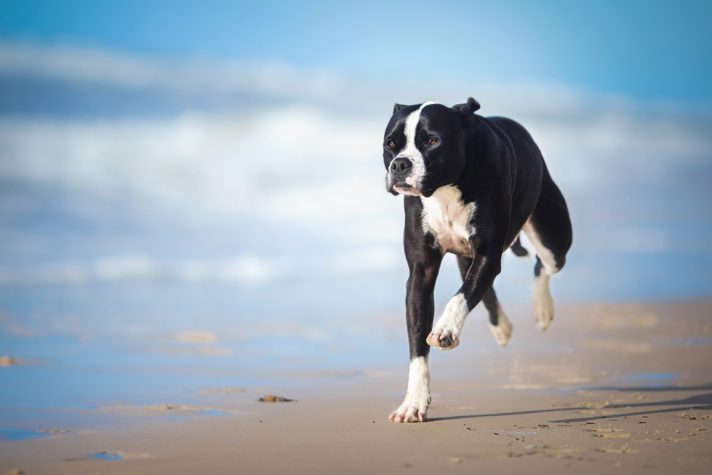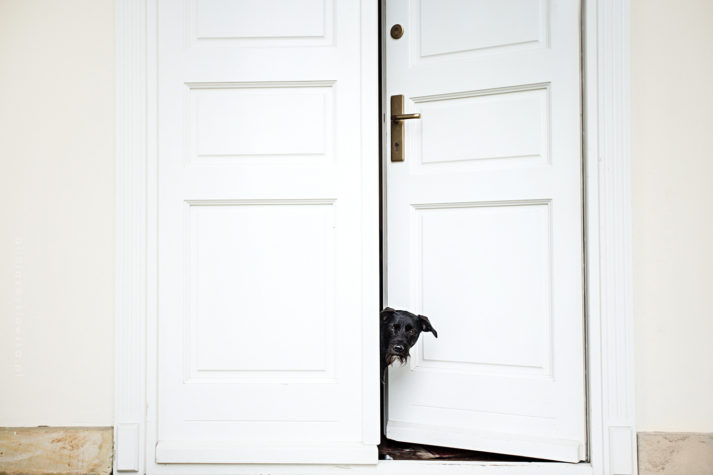
When I have done a poll on my Facebook fan-page I received 79 responses. 30 people said they use time-out the rest said no. It was 38% yes, to 62% no. But the thing is, when those who said yes in the pool explained in the comments what they actually meant, it turned out to be a sports time-out. A break, a time off from training, a play, tossed treats. Which actually makes me really happy. But also is a great example that we often argue about two different things. One person says she uses time-out and the other says no, and they start an argument, but the problem is they have different definition of the procedure that they are taking about. That’s why I believe we should either relay on scientific meaning of a certain term. Or if not, we need to always explain what we mean when we say “time-out” or any other procedure.
Czytaj dalej
